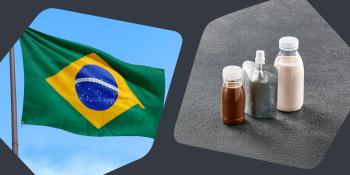
Consumers prefer easy to understand, clean label ingredient decks, survey finds
New research commissioned by Ingredient Communications found many consumers are still unsure about the ingredients listed on food and beverage labels.
New research commissioned by Ingredient Communications found many consumers are still unsure about the ingredients listed on food and beverage labels. In a survey, conducted by SurveyGoo, of 1,000 adults in the United Kingdom and United States, 50% of people said they are more likely to buy a product if they can recognize all the ingredients on the label. However, only 19% of respondents said they always recognize all the ingredients on the pack.
Moreover, more than one-third of respondents (36%) admitted they are less likely to buy a product made with an ingredient they do not recognize. Conversely, 44% said they are happy pay a higher price for a product when they recognize all the ingredients it contains.
“Ingredients companies have taken big steps forward to optimize their portfolios to include clean label ingredients that can be declared on-pack in clear language that most consumers will recognize,” said Richard Clarke, managing director of Ingredient Communications, in a press release. “Manufacturers of finished products should consider formulating – or reformulating – their products to include these ingredients, or they risk being left behind.”
Most respondents to the survey, which was conducted in September 2020, also expressed a preference for natural ingredients and an aversion to artificial additives. A total of 81% of consumers said they consider the label claim ‘made with natural ingredients’ to be very appealing or quite appealing. Similarly, 78% said they consider the label claim ‘free from artificial ingredients’ to be very appealing or quite appealing.
Newsletter
From ingredient science to consumer trends, get the intel you need to stay competitive in the nutrition space—subscribe now to Nutritional Outlook.





